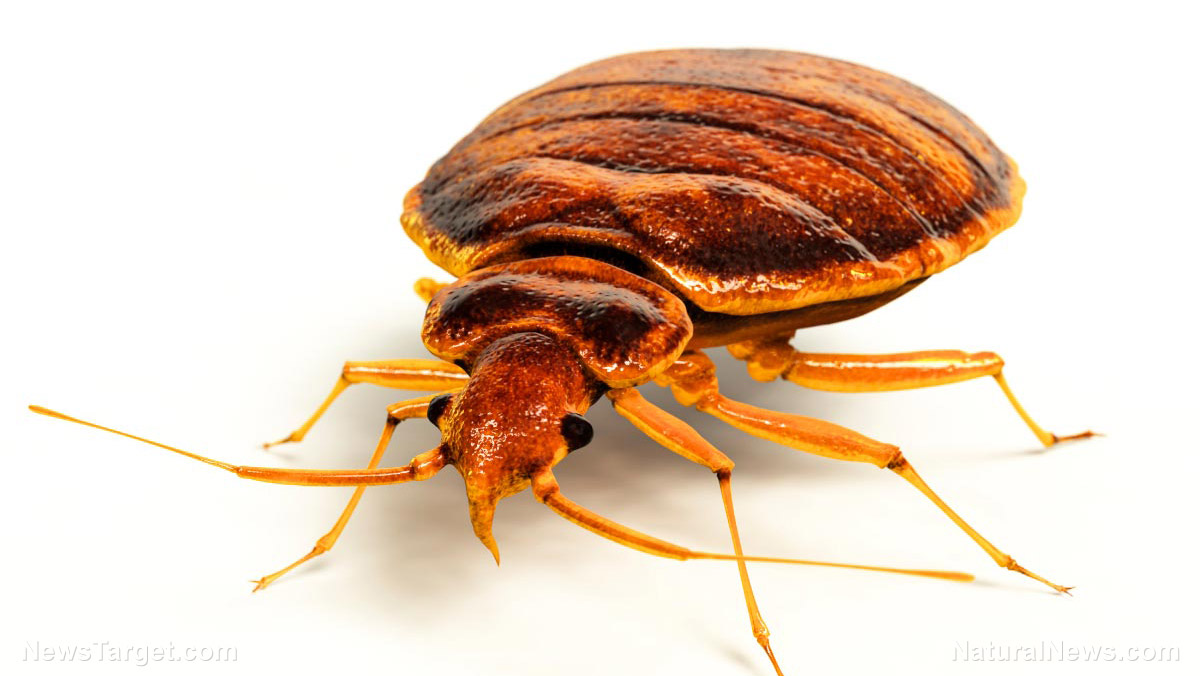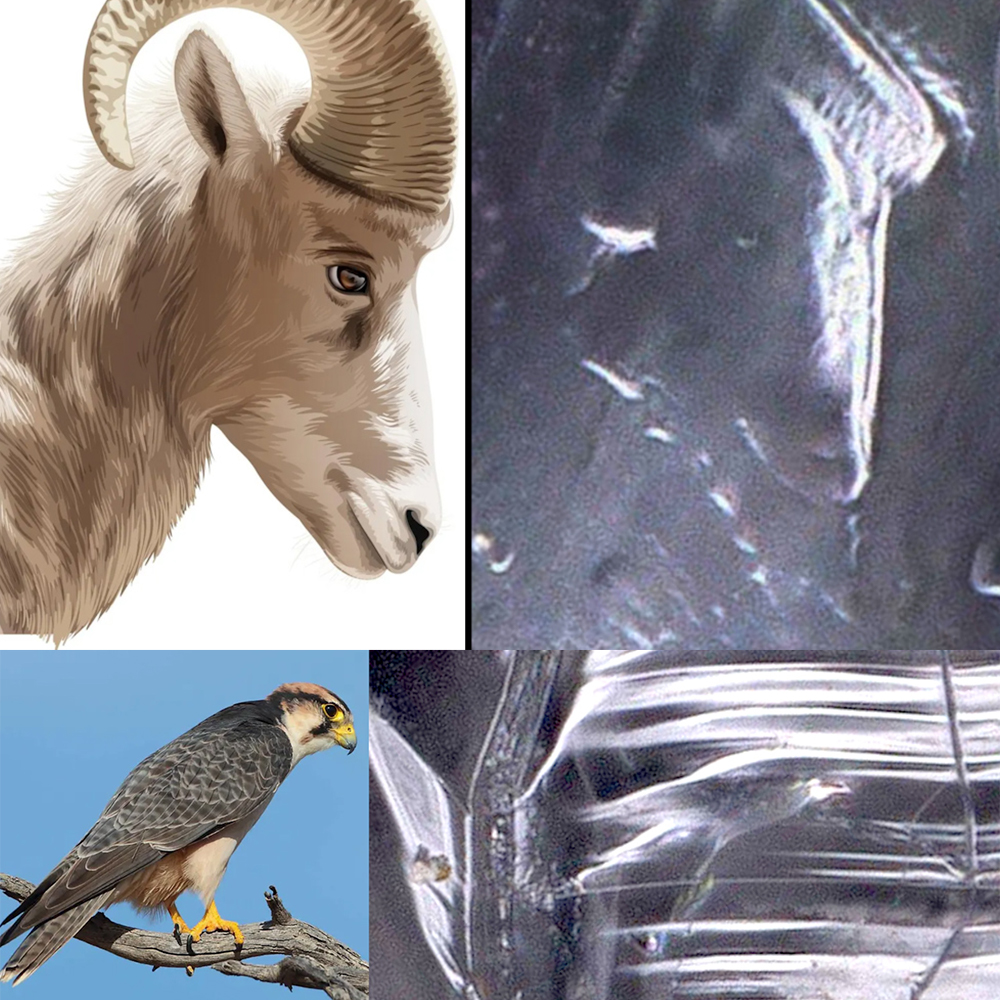Study reveals fascinating history and evolution of Bed Bugs — the “first true urban pest”
08/07/2025 / By Ava Grace

- Bed bugs have coexisted with humans for at least 50,000 years, evolving alongside human civilization – making them the first true urban pests.
- Genetic analysis reveals two lineages – one that stayed with bats in caves and another that adapted to human habitats. The human-linked population thrived, while bat-associated bugs declined.
- Human-associated bed bugs developed physical traits (smaller size, less hair, larger limbs) to better exploit indoor environments, allowing them to flourish in early cities like Mesopotamia.
- Bed bugs’ rapid reproduction and adaptability make them nearly impossible to eradicate, as seen with their quick recovery after pesticide use (e.g., DDT) and resistance evolution.
- Studying bed bugs’ genetic adaptability could improve pest control strategies, especially as urbanization increases, potentially leading to new urban pest outbreaks.
Long before rats, roaches and other modern city-dwelling pests, bed bugs were already thriving in human settlements, hitching a ride on humanity’s earliest urban journey.
A groundbreaking study reveals these blood-sucking parasites have been evolving alongside human civilization for at least 50,000 years, from nomadic cave-dwellers to city-builders. Researchers from Virginia Tech uncovered this ancient partnership by analyzing bed bug genetics from the Czech Republic, confirming that these pests were the first true urban insects, predating all others by millennia.
The evolutionary leap: From bats to beds
The study, published in Biology Letters, examined two distinct genetic branches of the common bed bug (Cimex lectularius). One lineage remained with bats in caves, while the other adapted to human habitats. The bat-associated bugs stagnated, but the human-linked population boomed, mirroring human expansion. (Related: What you need to know about bed bugs (and natural ways to get rid of them).)
When early humans left their caves in search of a better habitat some 60,000 years ago, a subset of bed bugs followed. These insects thrived as humans built permanent settlements, their populations exploding alongside early cities like Mesopotamia. The study’s demographic modeling shows bed bug numbers surged precisely when humans began clustering in urban environments – proof of an evolutionary partnership older than recorded history.
Unlike their bat-dwelling cousins, human-associated bed bugs underwent physical changes to better exploit indoor living. They became smaller, less hairy and developed larger limbs – traits ideal for navigating bedding, clothing and primitive dwellings. These adaptations made them the ultimate urban survivors, perfectly suited to exploit human habits.
Meanwhile, bat-associated bed bugs dwindled, unable to recover from population crashes during the Last Glacial Maximum (around 20,000 years ago).
Lessons for modern pest control
Modern bed bug infestations are not a new phenomenon, but the latest chapter in a 50,000-year-old story. The same traits that helped them thrive in ancient cities – rapid reproduction, resilience and adaptability – make them nearly impossible to eradicate today.
The study highlights a sobering reality: Bed bugs have been outsmarting humans for millennia. Even the mid-20th-century pesticide DDT, which nearly wiped them out, only temporarily slowed their resurgence. Within years, resistant strains emerged – a testament to their evolutionary prowess.
The study isn’t just about ancient history – it’s a warning. Understanding bed bugs’ genetic adaptability could help scientists predict and combat future infestations, especially as urbanization accelerates globally. The study’s authors are now investigating specific gene mutations linked to pesticide resistance, which could explain why modern bed bug treatments often fail.
The findings also raise broader questions: If bed bugs co-evolved with humans so successfully, what other pests might follow the same path? As cities grow denser, the conditions that allowed bed bugs to flourish for millennia are likely being recreated, potentially inviting new waves of urban pests.
A partnership written in blood (and DNA)
Bed bugs are more than just a nuisance – they’re a living record of human civilization’s rise. Their DNA tells a story of survival, adaptation and relentless opportunism. While humans may never fully eradicate them, understanding their history could be key to controlling their growth in the future.
As urban populations continue to expand, the lessons from this ancient pest-human relationship are clear: Evolution never stops, and neither do bed bugs. Whether in a Neolithic hut or a high-rise apartment, they remain humanity’s oldest and most persistent urban companions – the “first true urban pest.”
Learn about natural ways to get rid of bed bugs at Environ.news.
Watch and learn about an all-natural way to get rid of bed bugs.
This video is from the SHTFPrepping101 channel on Brighteon.com.
More related stories:
Pesticides give rise to mutant bed bugs.
Cleanliness can prevent bugs as well as germs: Bed bugs love dirty laundry, study finds.
The bean plant leaf traps and kills bed bugs.
Courtroom evacuated in panic after bed bugs found crawling up defendant’s neck.
Sources include:
Submit a correction >>
Tagged Under:
bed bugs, discoveries, Ecology, environment, Evolution, genetics, insects, parasites, pests, real history, real investigations, research, urban pest, weird science
This article may contain statements that reflect the opinion of the author
RECENT NEWS & ARTICLES
COPYRIGHT © 2017 WEIRDSCIENCENEWS.COM
All content posted on this site is protected under Free Speech. WeirdScienceNews.com is not responsible for content written by contributing authors. The information on this site is provided for educational and entertainment purposes only. It is not intended as a substitute for professional advice of any kind. WeirdScienceNews.com assumes no responsibility for the use or misuse of this material. All trademarks, registered trademarks and service marks mentioned on this site are the property of their respective owners.




















